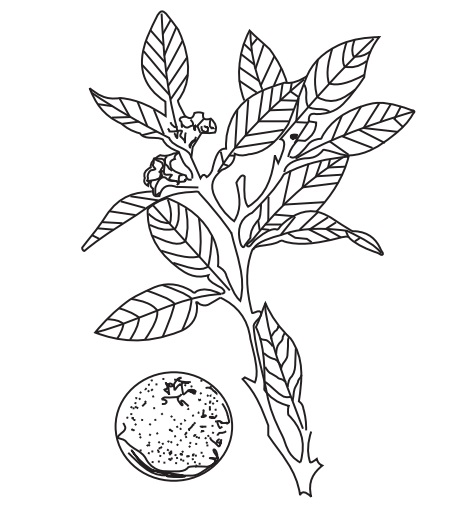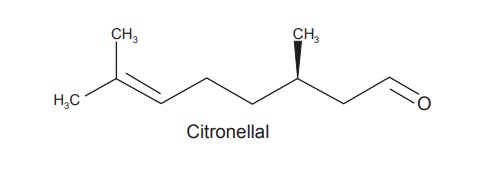Bitter Orange Peel
| Home | | Pharmacognosy |Chapter: Pharmacognosy and Phytochemistry : Drugs Containing Volatile Oils
The orange peel is the fresh or dried outer part of the pericarp of Citrus aurantium Linn, belonging to family Rutaceae.
BITTER ORANGE PEEL
Synonyms
Citrus vulgaris, Citrus bigaradia,
Citrus aurantium amara, Biga-rade
orange, Bitter orange, Seville orange, (Sweet) Portugal orange, China orange, Citrus dulcis, Cortex aurantii amar L,
Seville orange peel.
Biological Sources
The orange peel is the fresh or dried outer part of the
pericarp of Citrus aurantium Linn,
belonging to family Rutaceae.
Geographical Source
It is mainly cultivated in India, China, Spain, Madeira,
Sicily, Malla, and Morocco.
Cultivation and Collection
The tree requires a dry soil. It bears flowers after three
years of grafting and the yield is increasing every year till it reaches its
maximum, at about twenty years. A full grown tree yield on an average 50 to 60
lb of blossoms. One hundred orange trees, at the age of 10 years, will occupy
nearly an acre of land and will produce about 2,200 lb of orange flowers in a
season. May is the flowering season, and the flowers are gathered two or three
times a week, after sunrise. When the autumn is mild and atmospheric conditions
are favourable, flowering takes place in October, and this supplementary
harvest continues until January or till flowering is stopped. The autumn
flowers have much less perfume than those of the spring, and their value is
also one-half the price of May flowers. The Bitter Orange and Edible Orange
trees resemble each other, but their leafstalks show a marked difference. The
Bitter Orange is broadened out in the shape of a heart. The yield of oil is
greatly influenced by the temperature and atmospheric conditions prevailing at
the time of gathering. Such as damp, cool, and changeable weather, considerable
diminution is experienced. The dried orange peel is prepared by cutting with
hand taking care that oil glands are not ruptured. Orange peel is dried in
shade and stored in airtight containers at low temperature.
Characteristics
It is a small tree with a smooth, greyish brown bark and
branches that spread into a regular hemisphere. The leaves are oval, alternate,
evergreen, size ranging from 3 to 4 inches long, rarely with a spine in the
axil. They are glossy, dark green on the upper surface, and lighter beneath.
The calyx is cup-shaped and the thick, fleshy petals, five in number, are
intensely white and curl back. The fruit is earth-shaped, a little rougher and
darker than the common, sweet orange: the flowers are more strongly scented,
and the glands in the rind are concave instead of convex. The dried peel is
brittle and hard, dark orange red in colour, the surface is rough with oil
glands which are slightly raised. The inner surface is yellowish white with
pithy on them. It has an aromatic odour, bitter and aromatic taste. The oil of
Bitter Orange Peel is pale yellow liquid; it is soluble in four volumes of
alcohol. Neutral to litmus paper and specific gravity at 25°C is 0.842 to
0.848.

Citrus aurantium
Chemical Constituents
Bitter orange peel contains of 1 to 2.5% volatile oil. The
principle component of volatile oil is 90% limonene and small quantities of
aldehydes citral, citronellal, bitter amorphous glycoside like aurantiamarin
and it’s acid; hesperidin, isohesperidin, vitamin C, and Pectin.

Uses
It is used as aromatic, stomachic, carminative, and
flavouring agent, it is used particularly in fish liver oil preparations and
liver extract. The oil is used chiefly as a flavouring agent, used in the oil
of turpentine in chronic bronchitis. It is nonirritant to the kidneys and
pleasant to take.
Marketed Products
It is one of the ingredients of the preparations known as
Dabur Vatika Body and Bounce Shampoo (Dabur).
